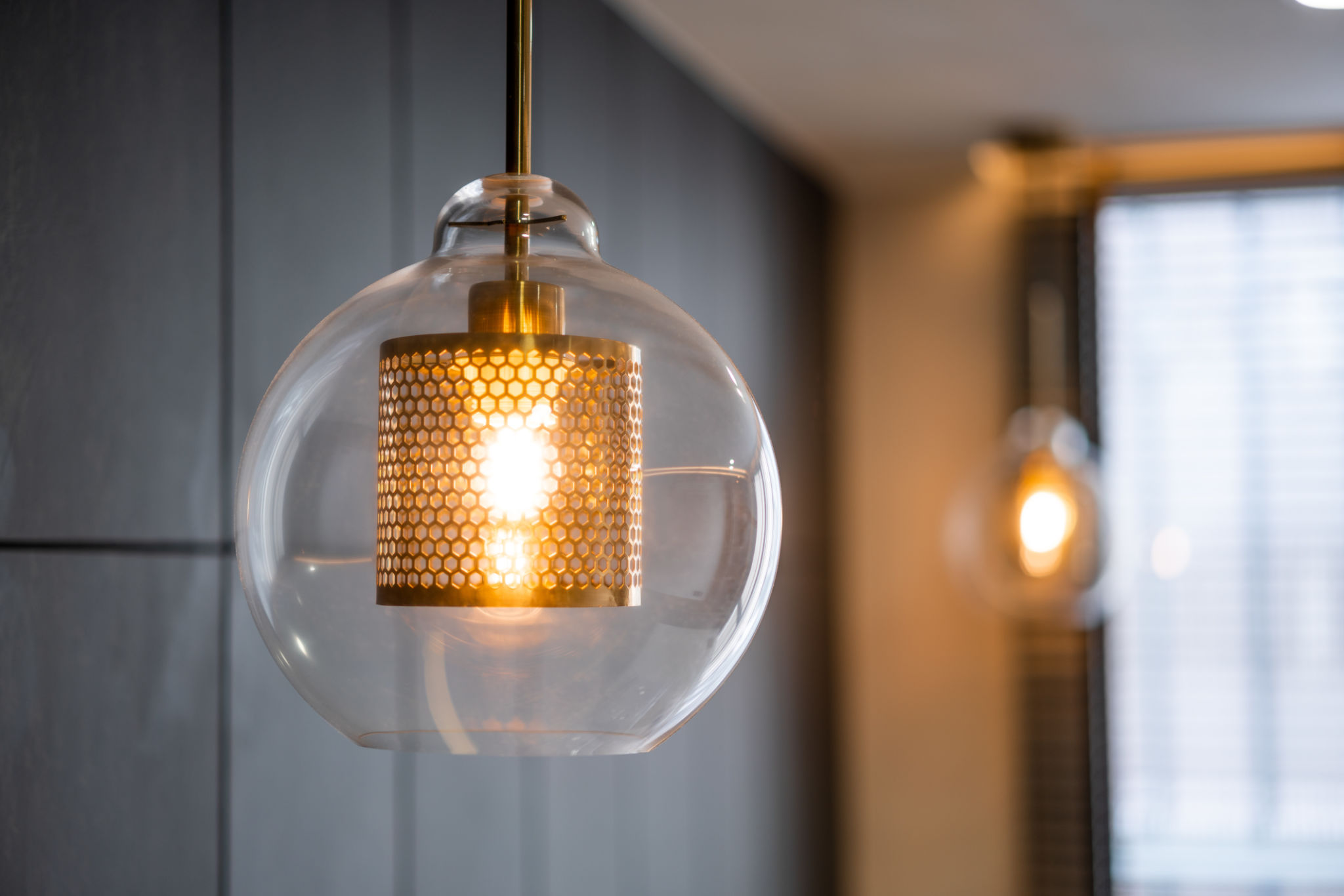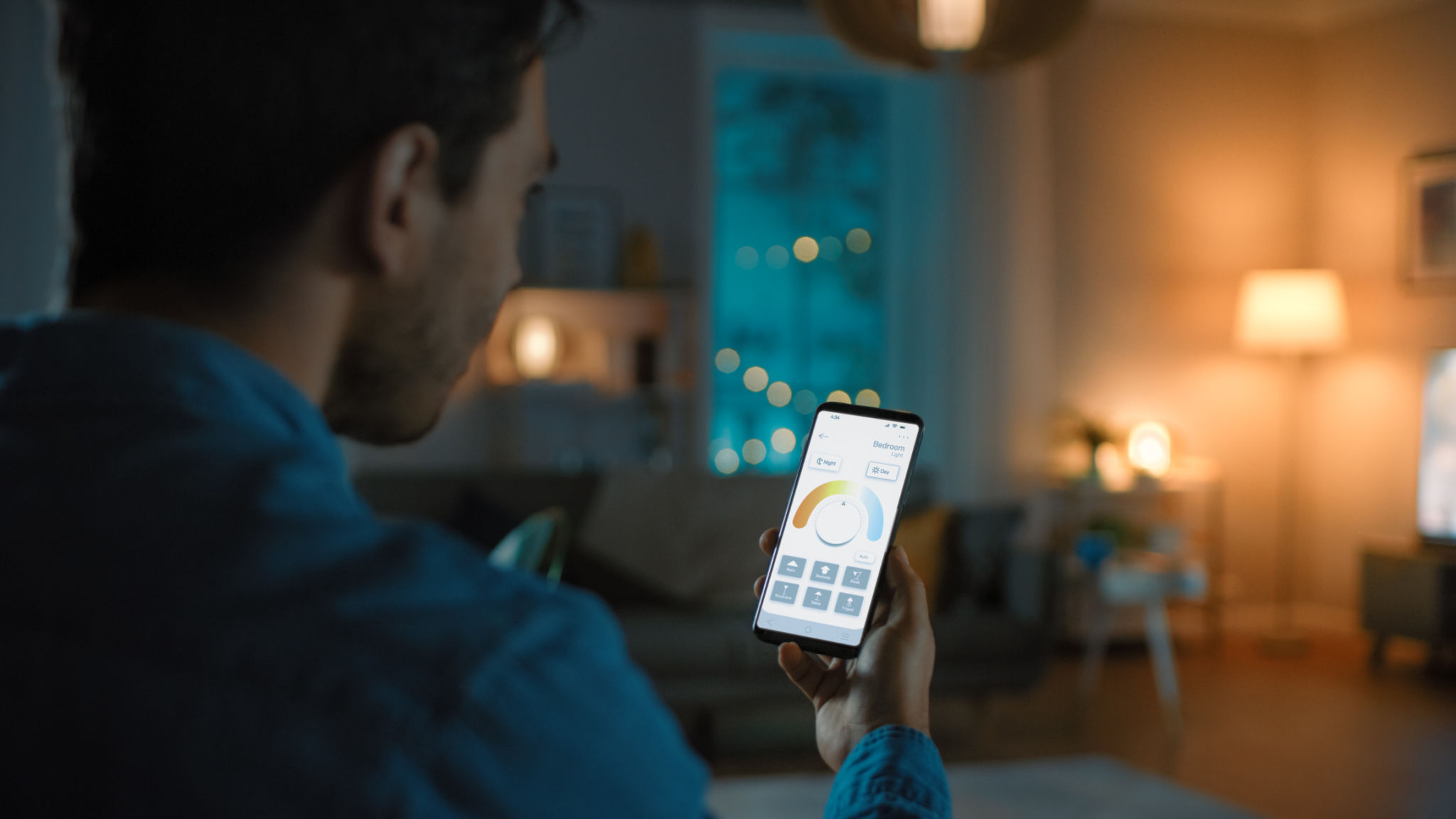Expert Tips for Energy-Efficient Lighting Solutions
Understanding Energy-Efficient Lighting
Energy-efficient lighting has become an essential aspect of modern home and office design. By using less energy to produce the same amount of light, these solutions help reduce electricity bills and environmental impact. Whether you're upgrading your current lighting or building from scratch, understanding the benefits and types of energy-efficient lighting can make a significant difference.
Common types of energy-efficient lighting include LED, CFL, and halogen incandescent bulbs. Each has unique advantages and applications, so it’s important to choose based on your specific needs. For example, LED bulbs are known for their longevity and durability, making them a popular choice for many homeowners.

Benefits of Energy-Efficient Lighting
One of the primary benefits of energy-efficient lighting is cost savings. Although these bulbs may have a higher upfront cost, their longer lifespan and reduced energy consumption result in lower overall expenses over time. Additionally, these lighting solutions contribute to a reduced carbon footprint, supporting environmental sustainability.
Moreover, energy-efficient bulbs generate less heat compared to traditional incandescent bulbs, which can reduce cooling costs in warmer climates. This makes them an ideal choice for both residential and commercial spaces aiming to improve their energy efficiency.

Selecting the Right Lighting for Your Space
Choosing the correct type of lighting depends on the specific requirements of your space. Consider factors such as brightness, color temperature, and bulb shape when making your selection. For instance, warmer tones might be suitable for living rooms and bedrooms, while cooler tones can enhance focus in offices and kitchens.
It's also important to assess the fixture compatibility and installation requirements of different bulbs. Some energy-efficient options may not fit traditional fixtures without modifications, so it's crucial to check compatibility before making a purchase.
Maximizing Efficiency with Smart Lighting
Integrating smart lighting technology can further enhance the efficiency of your lighting system. Smart bulbs can be controlled remotely via smartphone apps or voice-activated assistants, allowing for easy adjustments to brightness and color settings. This feature not only adds convenience but also optimizes energy consumption by ensuring lights are only used when necessary.

Maintenance Tips for Long-lasting Lighting
To ensure your energy-efficient lighting lasts as long as possible, regular maintenance is key. Clean fixtures and bulbs regularly to prevent dust buildup, which can reduce light output. Additionally, replacing bulbs before they completely burn out can prevent damage to fixtures and maintain consistent lighting quality.
Consider using dimmers or timers to extend the life of your bulbs. These devices help control the intensity and duration of light usage, reducing wear and tear on the bulbs over time.
Conclusion: The Importance of Energy Efficiency
Transitioning to energy-efficient lighting is a smart decision for both economic and environmental reasons. By understanding the different options available and incorporating smart technologies, you can create a lighting system that meets your needs while minimizing energy consumption. Embracing these solutions not only enhances your space but also contributes positively to the planet.
